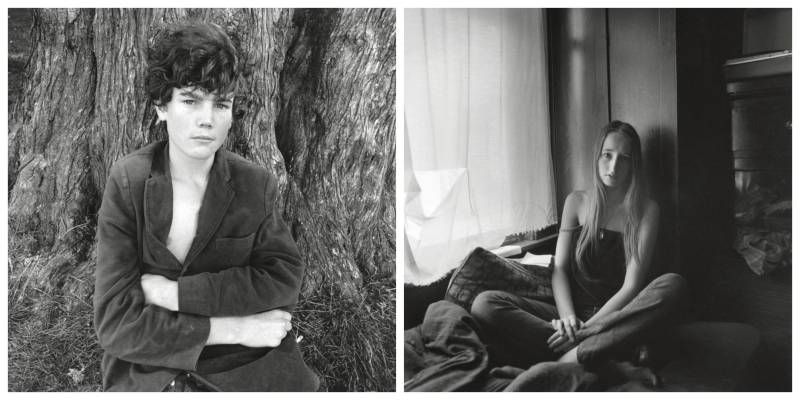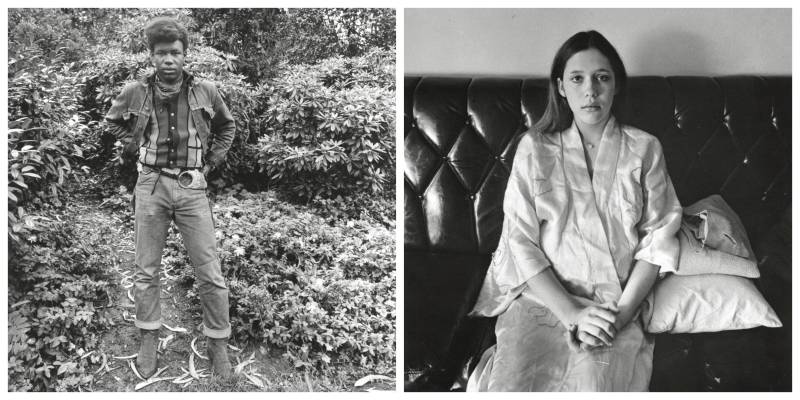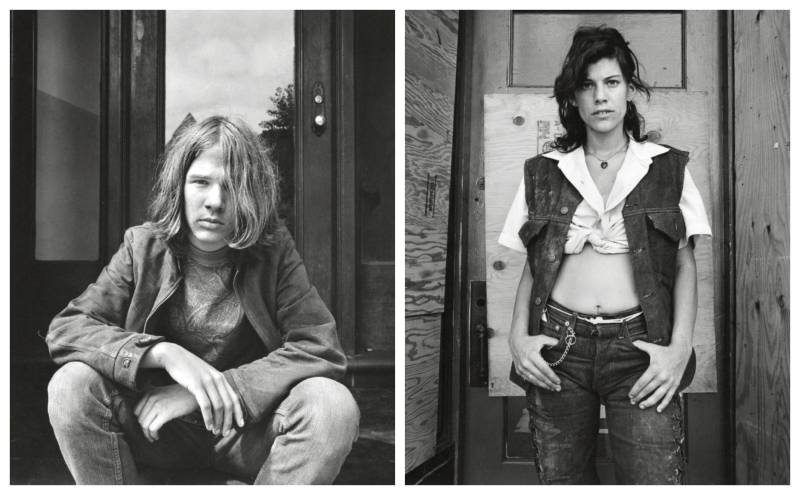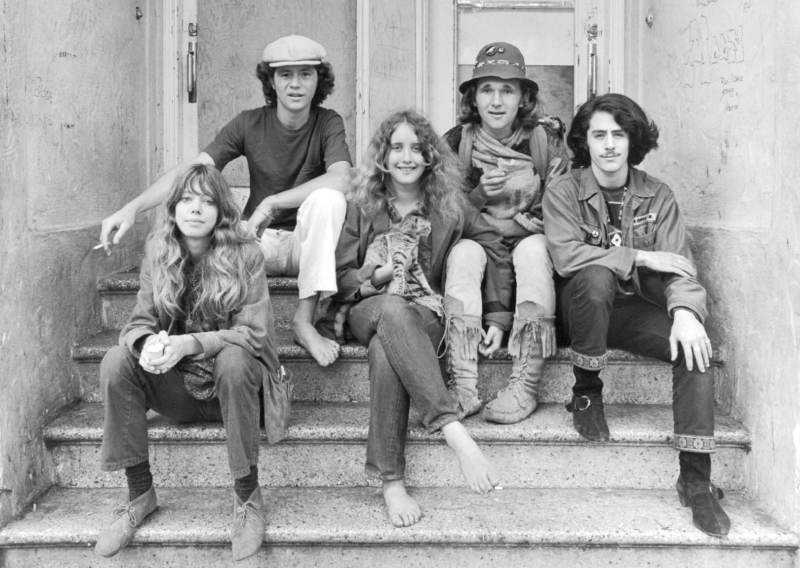A pretty young woman, age 18, sits cross-legged on a pillow-strewn nook. Her long blonde hair is parted in the center, her slender arms are neatly arranged in her lap, but her facial expression is forlorn.
Another young woman sits cross-legged on the grass in Golden Gate Park. Her curly hair is parted in the middle and her wrists decorated with beads, but her face is downbeat.
A 16-year-old boy, shirtless underneath a velvet jacket, leans against a tree, arms folded defensively in front of him, looking cynical and serious.

Elaine Mayes’ new book, Haight Ashbury Portraits 1967-1968, is full of photographs like these. They are of young people caught in an historic moment. Teenagers in the midst of rebelling against the status quo while also being simultaneously crushed by it. There are a few exceptions to the rule, but the vast majority of Mayes’ subjects carry an air of concern that belies their youthful features.
Mayes’ images offer a more measured depiction of the Summer of Love than is typically presented in these kinds of retrospectives. In her introduction to the 43 images collected here, the photographer explains that she simply asked her subjects “to pose or sit naturally, to look into the camera and project their image onto the film.” The results speak volumes about the stress placed on young people in the era of the draft.

Mayes’ Haight Ashbury photography isn’t concerned with directly documenting the hedonism of the period. There is no carefree dancing in the park here, no nudity and — despite Mayes also being known for her Monterey Pop photos — no live music.





